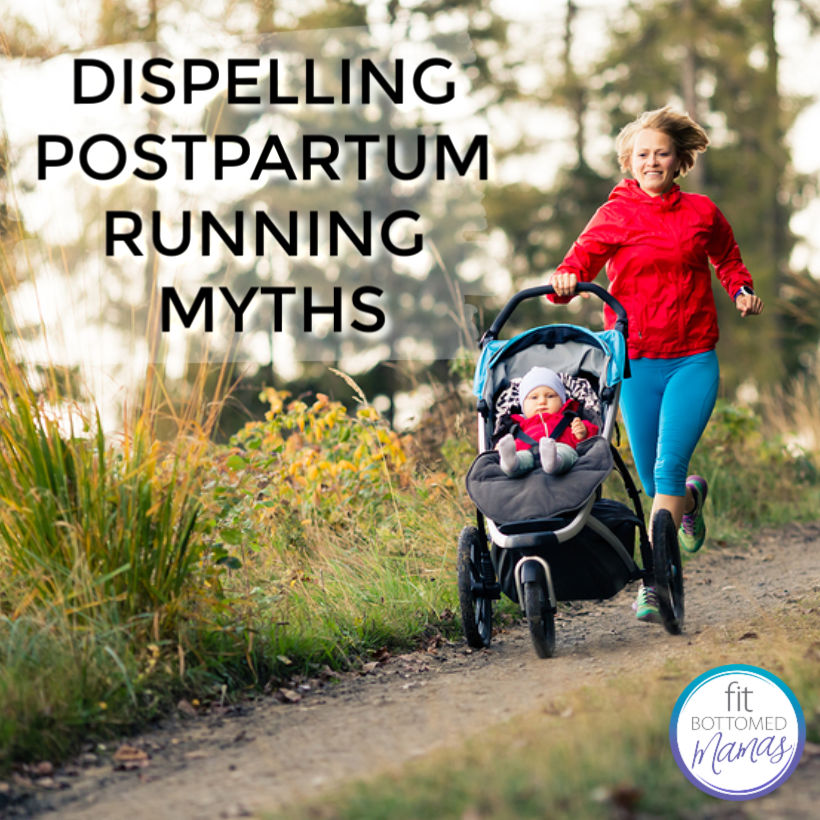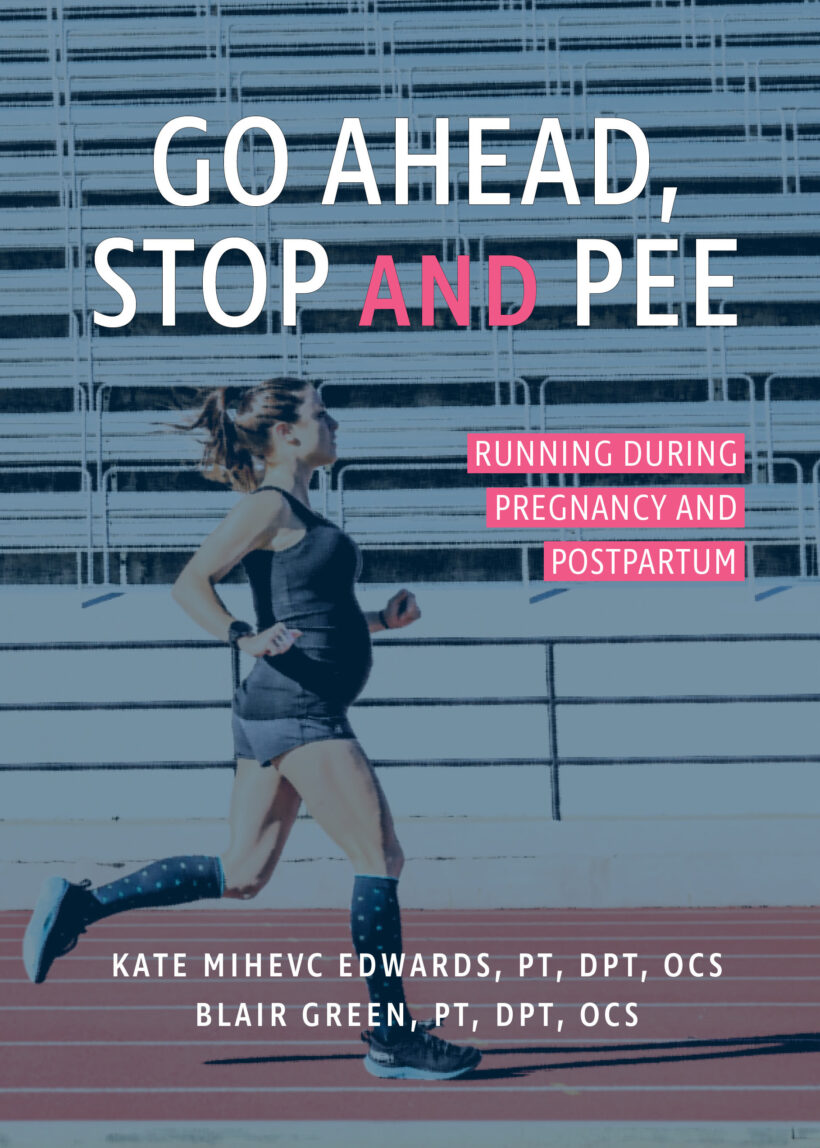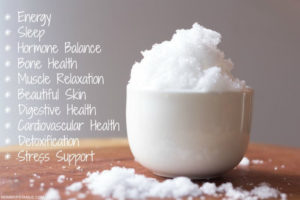
With my very first pregnancy, I had the ability to run a fair bit. Heck, even at 42 weeks I jogged a lap around the community to attempt to cause labor. (Spoiler: it didn’t work.) And, each time I did, I ‘d get appearances, remarks, and concerns.
A lot of concerns.
Is that safe? How does it feel? Are you sure that’s not bouncing the infant excessive?
( All genuine concerns I got.)
After I had Gwen, I began running as soon as I had the all right from my OBGYN (constantly the most crucial thing!). And, once again, the concerns.
Is that prematurely? Do you pee yourself? What about your milk provide?
And it’s for all of those factors that I want this book had actually existed then!

Go Ahead, Stop and Pee: Running During Pregnancy and Postpartum is a thorough take a look at the standards and advantages of running throughout every phase of pregnancy.
Dr. Kate Mihevc-Edwards and Dr. Blair Green— both physiotherapists, moms, and runners– utilize science and individual accounts to discuss problems like pee breaks, postural modifications, hormone modifications, and pelvic flooring dysfunction. And, today, they’re letting us share an excerpt from their book on postpartum running misconceptions. Such excellent information!
Eliminating Postpartum Running Misconceptions
Excerpt from Go On, Stop and Pee by Dr. Kate Mihevc-Edwards and Dr. Blair Green
Misconception 1: If you run while breastfeeding, your milk will dry up.
Reality: Milk production is driven by a feed-forward system including stimulation of the breasts (by the nursing infant) and hormonal agents. To put it simply, the more the nipples are promoted by drawing, the more milk is produced.
Another motorist is calorie consumption. Calories should be readily available to supply energy for milk production. Running burns calories. Remember you will need to renew your calories in order to preserve milk production.
Bottom line: nutrition matters. If milk production is low, hydrate and increase calorie consumption as a very first intervention.
Misconception 2: After I have a child, I will need to get utilized to peeing when I run.
Reality: Urinary leak postpartum prevails however not regular. Continued dripping that does not alter or that boosts in frequency or seriousness is an indication that something is incorrect. Look for a pelvic health PT for aid. Do not simply inform yourself, “Oh well, this is what occurs!”
Re-training the pelvic flooring muscles while collaborating pelvic flooring contraction with breathing and motions– such as leaping– can assist remove dripping with running.
Misconception 3: Diastasis recti can just be repaired with surgical treatment.
Reality: Diastasis recti is a typical incident in pregnancy and frequently will solve by itself after shipment. It is an issue of fascia extending and the muscles being not able to manage stress as force is used, such as when raising weights, doing stomach workouts, or running and leaping.
Numerous ladies with diastasis recti enhance with proper workouts targeting stomach muscle function and coordination of the deep core muscles. Go back to high-impact workout is possible once these workouts are mastered and the tissue has the ability to react to more difficult motions.
If you seem like you have a diastasis recti, look for aid from a pelvic health physiotherapist who deals with postpartum ladies.
THE REALITIES YOU REQUIRED TO KNOW:
- You had a child! You are remarkable!
- Practice diaphragmatic breathing.
- When you are postpartum, you are constantly postpartum.
- Throughout the very first 6 to 8 weeks postpartum, there will be a great deal of bleeding. If bleeding boosts or is extreme, you may be applying yourself excessive.
- Breastfeeding can be uncomfortable at first. There are a number of items that assist relieve the discomfort.
- Location nursing pads in your sports bra in order to reduce the friction on the nipple and to avoid leak if you produce a big quantity of milk.
- You are at a greater threat for tension fractures while you are breastfeeding.
Thanks to Dr. Mihevc— Edwards and Dr. Green for the excellent information!– Jenn








